
How to Solve Deformation Issues in Sheet Metal Bending?
Sheet metal bending looks straightforward, but the metal goes through a complex mix of tension and compression. If these forces shift even slightly, the part
We regularly update articles related to the manufacturing industry.

Sheet metal bending looks straightforward, but the metal goes through a complex mix of tension and compression. If these forces shift even slightly, the part
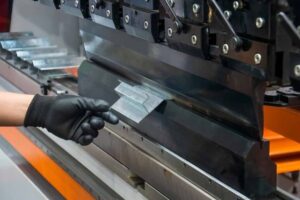
When creating sheet metal prototypes, achieving precise bending is often one of the biggest challenges for engineers. Even a slight deviation in a bend can
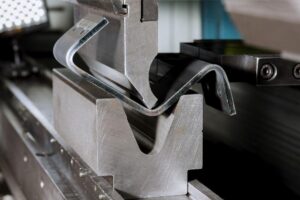
Press brake coining is a metal bending process that shapes sheet metal using very high pressure. The punch presses deeply into the metal, forcing it entirely into the die cavity. Unlike air bending, where the metal only partially contacts the tools, coining creates complete contact between the punch, metal, and die surface.
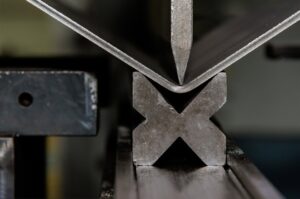
Sheet metal setback is the distance from the bend’s apex to the start of the flange. It includes part of the bend radius and material thickness. This measurement helps define the amount of material used in the bend.
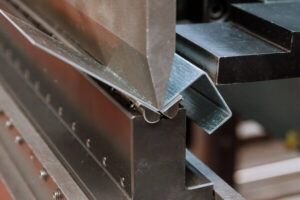
The bend radius is the distance from the center of a bend to the inside surface of the metal. It measures how tight or wide the bend is. A small radius makes a sharper bend. A large radius makes a smoother one. This value is based on the inside of the bend, not the outer edge.
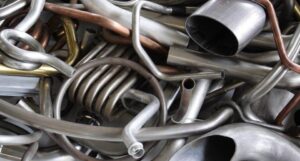
Stainless steel tubing combines strength, corrosion resistance, and aesthetic appeal in many industrial applications. The bending process transforms straight tubing into complex shapes needed for everything from exhaust systems to medical devices. However, working with this material presents unique challenges due to its hardness and low ductility.
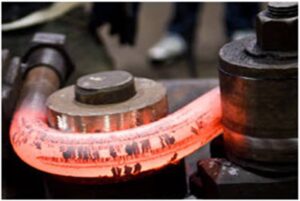
Cold bending and hot bending represent two fundamentally different approaches to metal forming. Cold bending shapes metal at room temperature through mechanical force, while hot bending involves heating the material before deformation. Each technique affects material properties differently and serves unique manufacturing needs.
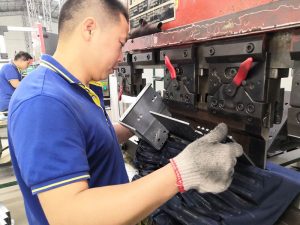
Sheet metal folding is bending a metal sheet to create specific angles and shapes. It involves applying force to the metal to change its geometry without altering its volume. This technique is widely used in manufacturing to create parts with accurate and consistent dimensions.
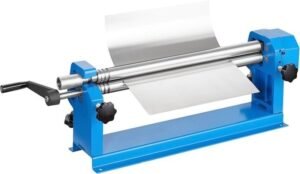
Roll bending is using rollers to bend metal into curved shapes. This process uses rollers to apply pressure on the material and bend it in small increments to achieve the desired curve. The process’s principle is to gradually deform material without creating cracks or defects.
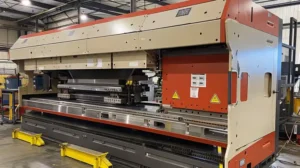
Press brake forming is a process that bends sheet metal by pressing it between a punch and a die. The punch moves down to push the metal into the die, creating a bend. The angle and shape depend on the punch, die, and press depth.
The key idea behind press brake forming is controlled force. The press brake applies pressure along a straight axis. This force bends the metal without cutting or breaking it.
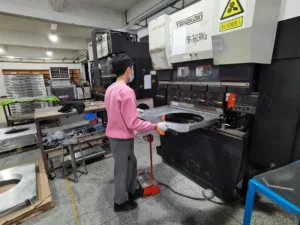
Have you ever wondered how to bend stainless steel effortlessly? Understanding this process is essential for anyone, whether a DIY enthusiast or a professional. Discover
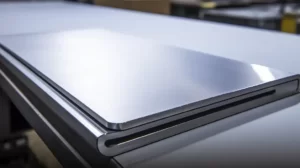
Sheet metal hemming involves bending or folding the edge of a metal sheet back onto itself to create a double-layered edge. This process strengthens the material, smooths sharp edges, and improves its overall appearance. It is widely used in applications requiring durability and precision, such as automotive panels, electronics, and construction components.
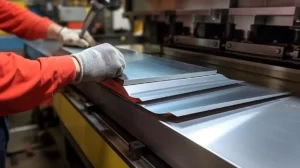
Metal fabricators often struggle with aluminum bending—warped surfaces, uneven angles, and springback issues plague their projects. However, with proper techniques and the right tools, achieving
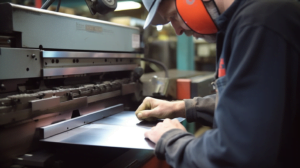
Sheet metal can be bent using several methods, including press brake forming, V-bending, and air bending. Each method is suited to different materials and thicknesses. Tools like punches and dies help shape the metal into precise angles and forms. With proper setup and handling, bends will be clean, accurate, and damage-free.
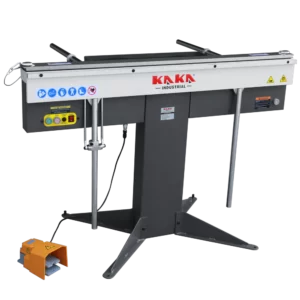
You can bend sheet metal using clamps, vises, wood, or angle irons. The key is to fix the material well and bend along a marked line. For sharper bends, you can score the surface first. These methods work best with thin materials and short lengths.
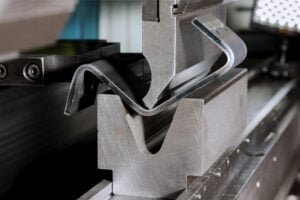
Sheet metal bending is the process of applying force to a metal sheet to make it bend at a certain angle. The material stays in one piece but changes shape. Tools like a punch and die in a press brake are commonly used. The sheet bends when the punch pushes it into the die. The final shape depends on the tool geometry, the force applied, and the material type.
We will contact you within 1 working day, please pay attention to the email with the suffix”@goodsheetmetal.com”